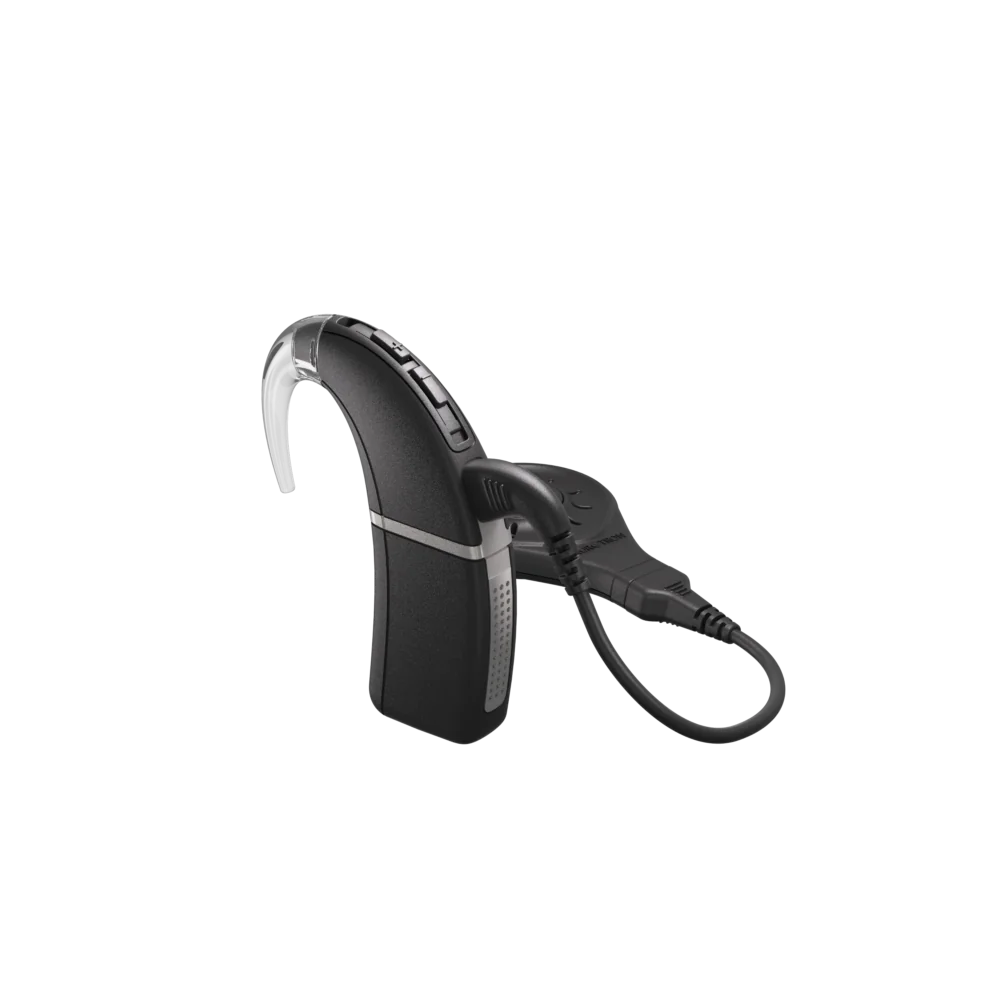The advent of bluetooth cochlear implants marks a significant milestone in the field of auditory technology. These devices not only enhance hearing capabilities for individuals with profound hearing loss but also offer unprecedented adaptability to modern communication needs. As we delve into the intricacies of these innovative implants, it becomes evident that their integration with wireless technology is reshaping how users interact with their environment.
Understanding Bluetooth Cochlear Implants
Bluetooth cochlear implants are advanced medical devices designed to provide sound perception to individuals who are severely hard of hearing or deaf. By utilizing Bluetooth technology, these implants facilitate seamless connectivity with smartphones, tablets, and other audio sources. This feature allows users to stream music, phone calls, and various multimedia directly into their implant processors without the need for intermediary devices. Furthermore, this direct connection enhances user experience by providing clearer sound quality and reducing background noise interference.
Nurotron: A Leader in Cochlear Implant Technology
Nurotron Biotechnology Co., Ltd., a prominent player in the field of cochlear implant development, has made significant strides in creating cutting-edge solutions for auditory rehabilitation. Their commitment to research and innovation has led to the production of high-quality Bluetooth-enabled cochlear implants that cater specifically to user comfort and functionality. Nurotron‘s products exemplify adaptability through features such as customizable settings tailored to individual listening environments—an essential aspect for enhancing everyday communication experiences.
Click external parts of cochlear implant.
The External Parts of Cochlear Implants
Cochlear implants consist of both internal components surgically implanted within the ear and external parts worn on the outside. The external components typically include a microphone that captures sound from the environment, a speech processor that converts sounds into digital signals, and a transmitter that sends these signals wirelessly to the internal receiver implanted beneath the skin. This design not only facilitates effective sound processing but also ensures ease of use for patients as they navigate different auditory landscapes throughout their daily lives.
Conclusion: Embracing Innovation Through Adaptability

The introduction of Bluetooth cochlear implants represents an exciting evolution in assistive hearing technologies aimed at improving quality of life for those affected by hearing loss. With companies like Nurotron leading advancements in this domain, we can anticipate further innovations that will enhance adaptability across diverse listening situations. Ultimately, as we embrace these technological breakthroughs, it is crucial to recognize how they empower individuals by fostering greater independence and social engagement through improved auditory experiences.
